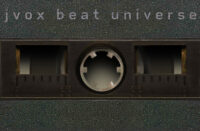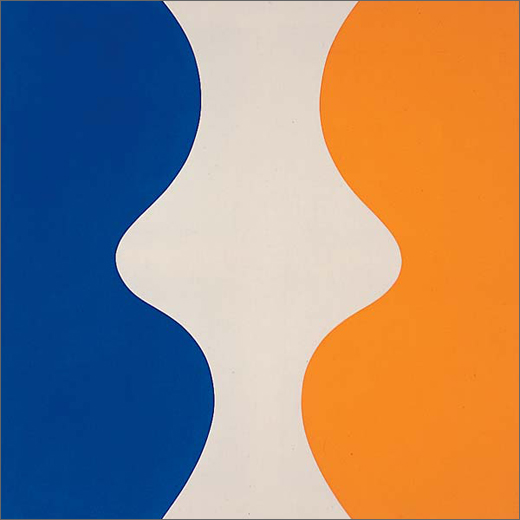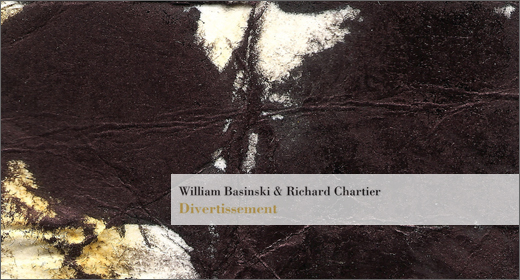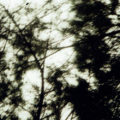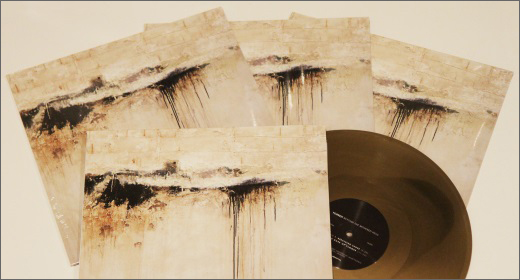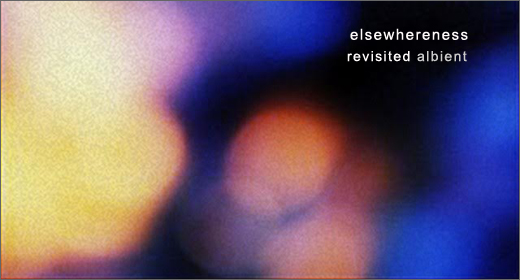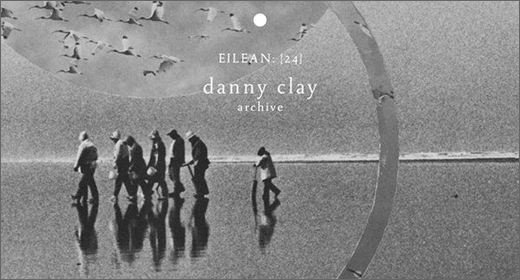These are not regulated sine waves, but rather haunting and arrhythmic sounds which assay and deepen your sense of an almost physical space. The duets drive you to imagine this relationship visually—of lines, chaffed at their edges, spiking and falling together.
These four new duets for cello, the third solo release by composer Tashi Wada, explore the complex possibilities and intersections of the duet and the perceptual effects created by complex tuning systems and structures.
The four tracks mark a diagonal line across the music staff, where both instruments–physically, tonally—seek toward their synchronization. In urging toward harmonization along this abstracted line, we are drawn toward the gaps and bubbles that emerge between them—they draw attention to the stitches that hold together the music’s cloth. We listen to silence, falteringly, and to the spaces that open between the two instruments as the tracks descend slowly along their notes, the pressing of two lines closely together. The more closely we zoom in to a straight line, to a pencil’s edge or a ruler’s spine, the more we realize that it is fractal – endlessly only ever almost perfect. The duets explore the possibility of entering a single moment, a single sensation.
Both sides—A and B—present engaging explorations of unity and register, of the way in which the sweep and glissando as each instrument descends slowly, meeting and touching before pulling away momentarily from the other. It is a minimalist essay which, through its hauntingly long-held notes, are explored the sonic possibilities and interactions between two waves of sound. Wada’s duets do not reach for absolute harmonization, but rather the spaces and points of intersection that surround the drawn-out, wavering notes which form the work’s core. These are not regulated sine waves, but rather haunting and arrhythmic sounds which assay and deepen your sense of an almost physical space. The duets drive you to imagine this relationship visually—of lines, chaffed at their edges, spiking and falling together.
At the same time, the tracks allude at growth and change despite their minimalism. Side B’s track 1 introduces a background of textured, industrial ambience which—through the piece’s length—rises and falls against the interaction of the two cellist’s quavering notes. That theme of unity recurs in Side B, track 2, where the two parallel notes press closely to one another, falling in and out of their respective orbits. The possibility of harmonization is continually alluded to, the unity of the two cellos persisting across the track, causing you to pay sustained, absorbed attention at their interaction, their relationship. Behind this a minor hum of feedback enters this relationship, emerging from it, slowly expanding into the space occupied by the duet itself.
We might call these duets “The Double.” We might talk about reflections and their imperfections. Doubling—which implies harmony, a perfect act of reflection—in fact contains many complex, textured by products. Each track, each movement across the staff, contains both the possibility for unity and the reality—proximate, falteringly—of disunity. Echoing, flanging, and acoustical beating. What stands out is not only the intense, focused emphasis that you must maintain while listening, but also the genuinely physical implications, the effort, of sustaining these descents. The first track (Side A), for example, makes us almost tense at the imagination of the rolling and pressing of the finger across the string, the minute adjustments of pressure to align each note to its cognate note as it falls and falls.
This is a beautifully imagined and executed set of duets—physical, terse, yet infinitely complex in its textures.
Duets is available on Saltern and distributed by Important.









